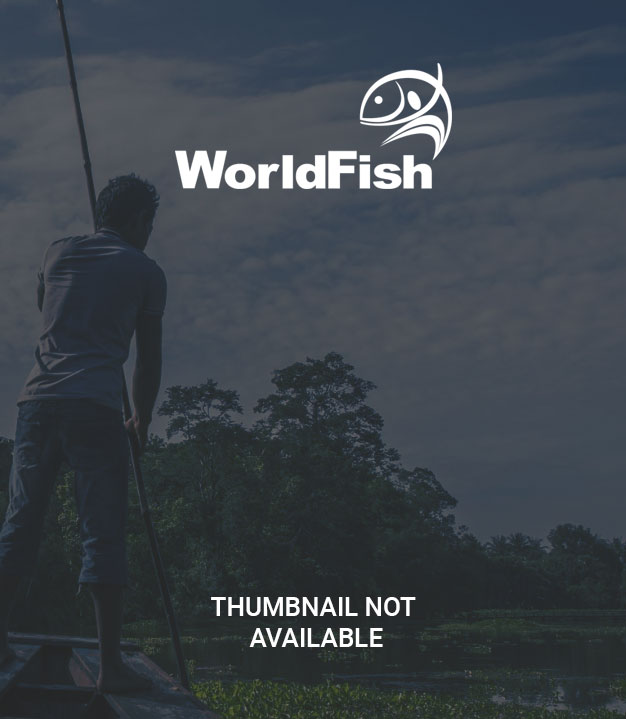The performance of GIFT in various contexts has been demonstrated through on-station and on-farm evaluations. Evidence indicates that adoption of GIFT can increase fish yields hence economic returns for farmers; increase survival rate, shorten harvest time and increase individual harvesting weight; reduce production and operational costs; and reduce local fish market prices improving affordability among consumers. While some of these possible impact mechanisms are relatively well understood, the challenge faced in all impact evaluations is the establishment of a convincing counterfactual without which it is impossible to infer causality. Yet understanding the impacts of GIFT is important to inform and guide policy and investment efforts not only to address future food requirements, but also in terms of broader societal visions. Therefore, the objectives of this study were twofold: (1) to describe and document the dissemination process for GIFT via hatcheries to farmers and the implications for how a hatchery “catchment area” could be defined conceptually and empirically in the context of an impact assessment study; and (2) to validate the catchment areas as defined by hatchery data by collecting data directly from farms/farmers. The study was conducted in Bangladesh with funding from the Standing Panel on Impact Assessment (SPIA) in order to provide the required information for an accurate characterization and documentation of GIFT dissemination in Bangladesh to inform proper construction of the counterfactual for a deep impact study.
Subject
Social Sciences
